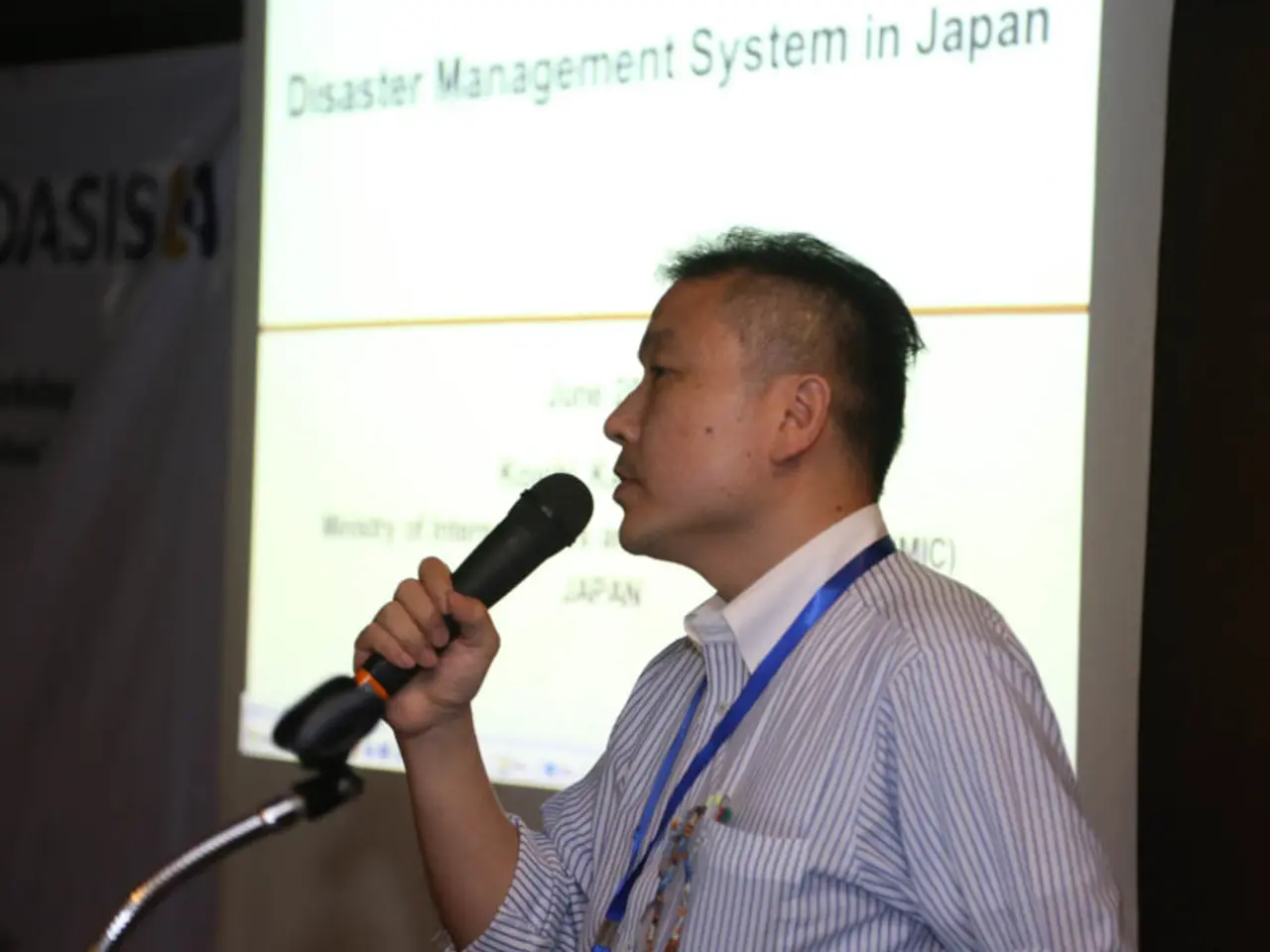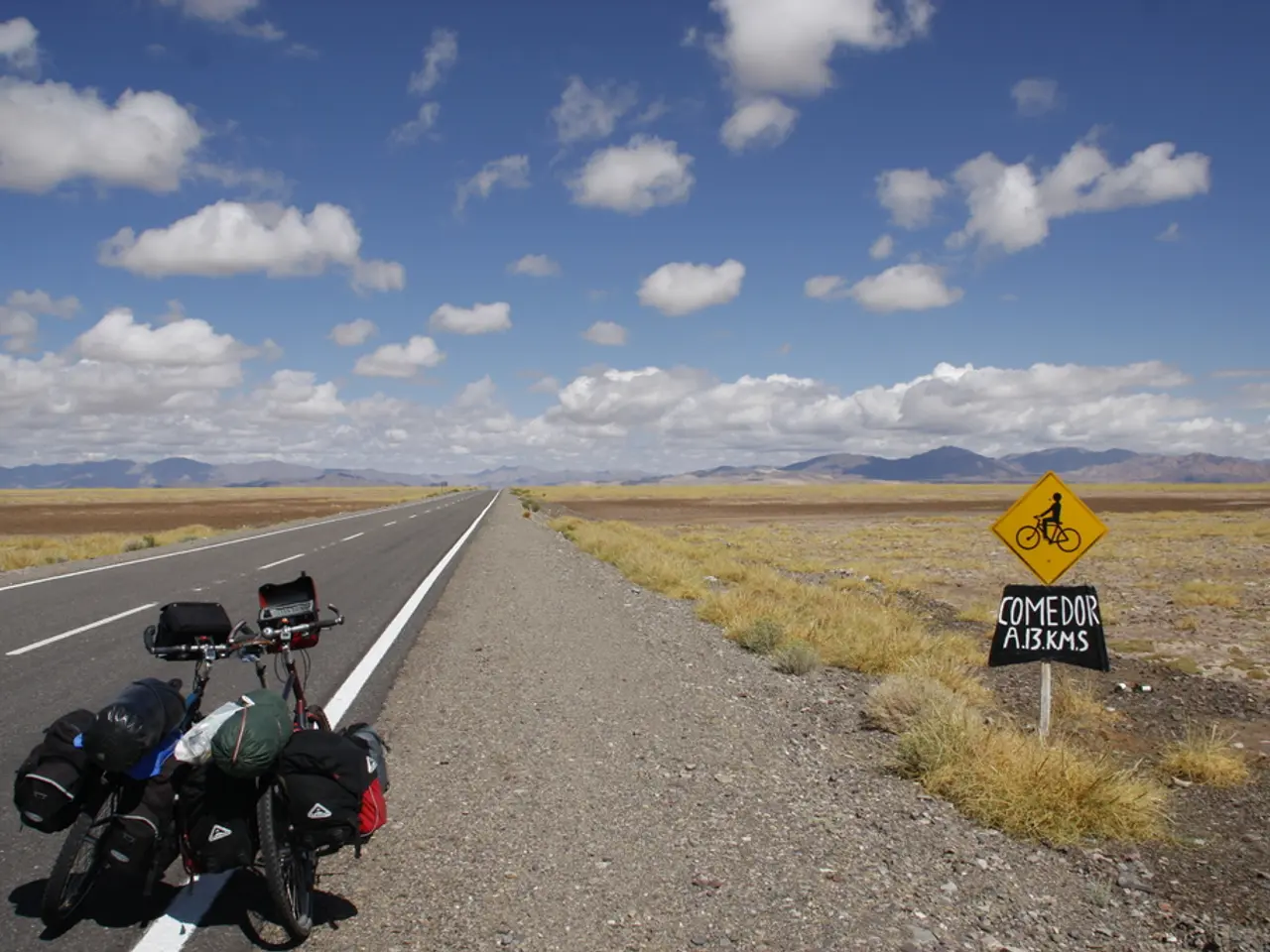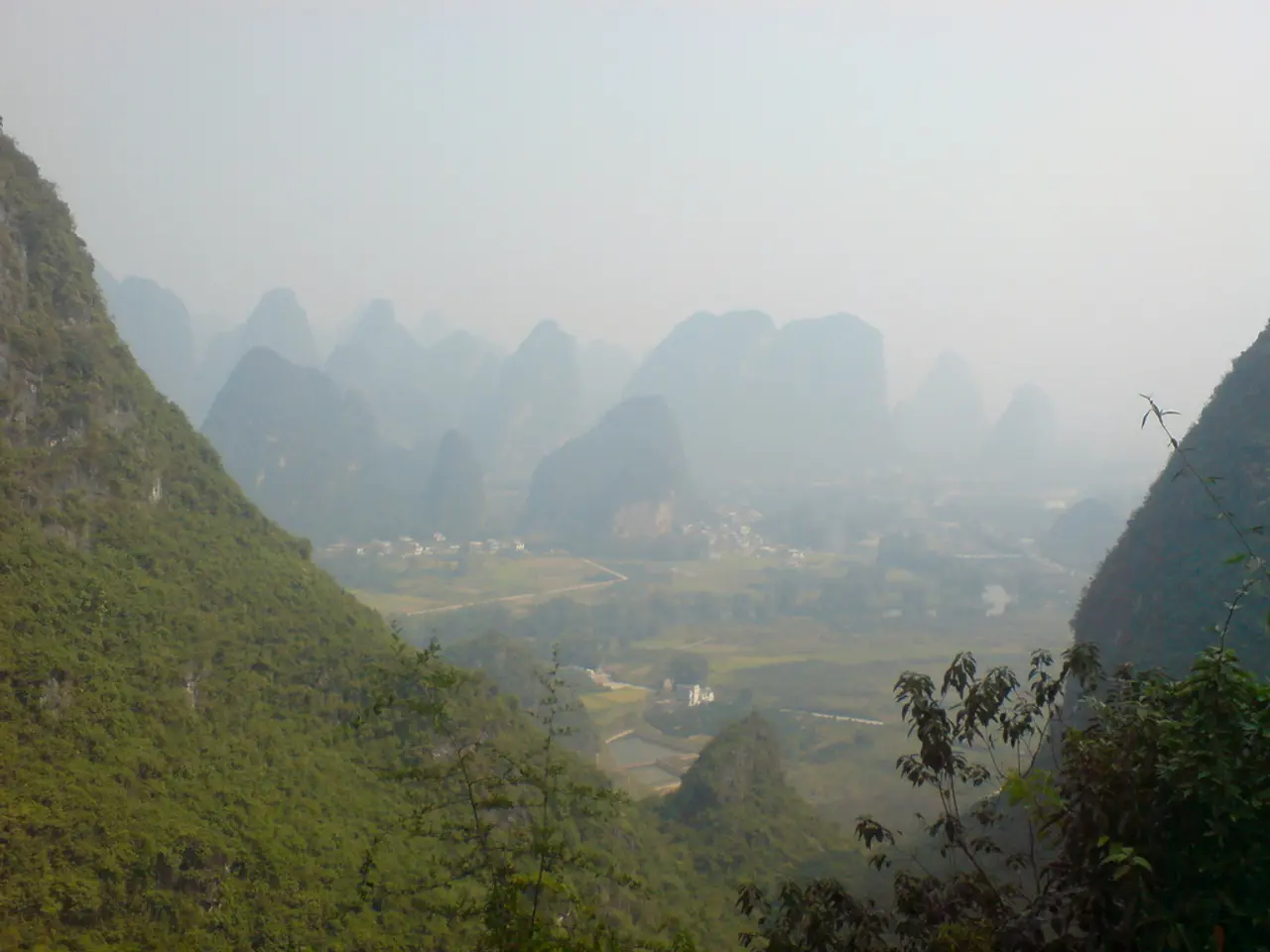Volcano Eruption in the Russian Far East Potentially Connected to Significant Earthquake After 6 Centuries
In a dramatic display of nature's power, a dormant volcano named Krasheninnikov on Russia's Kamchatka Peninsula erupted on August 3, 2025. This event is believed to be linked to a massive 8.8-magnitude earthquake that struck the region just days earlier.
The Pacific Tsunami Warning System reported a 7.0-magnitude earthquake in Russia's far east on the same day as the Krasheninnikov eruption. However, no tsunami warning was issued after the earthquake. Russia's ministry for emergency services, on the other hand, predicted possible tsunami waves in three districts of the Kamchatka peninsula following the earthquake.
The Krasheninnikov eruption sent ash plumes over 3.7 miles (6 km) high but posed no threat to populated areas. The volcano, one of the highest in the world, has not erupted since approximately 1463, according to Olga Girina, head of the Kamchatka Volcanic Eruption Response Team.
The eruption was preceded by an eruption of Klyuchevskoi, the most active volcano on the Kamchatka Peninsula. The seismic activity from the megaquake is believed to have triggered magma movement and explosive eruption in Krasheninnikov.
Scientific teams in Kamchatka have confirmed this as the first historically confirmed eruption in centuries and are monitoring for continued moderate activity. The ash clouds dispersed eastward over the ocean without affecting inhabited localities.
This event provides a significant case study in how large earthquakes can induce volcanic eruptions, especially in a tectonically active region like Kamchatka. Ongoing and future scientific studies are expected to focus on the relationship between megaquakes and volcanic triggering mechanisms, monitoring continued volcanic activity and aftershocks, assessing regional hazards such as tsunamis linked to seismic and volcanic events, and improving eruption forecasting models based on these linked phenomena.
Sources:
- CBS News, 2025-08-03, reporting eruption details and earthquake linkage [1]
- LiveScience, 2025-08-04, discussing the eruption occurring days after the megaquake and tsunami warnings [2]
- YouTube analysis video (U.S. Government source), presenting the connection between the M8.8 earthquake and the eruption [3]
The unexpected eruption of Krasheninnikov, a dormant volcano, on August 3, 2025, may not only have environmental-science implications but also provide an insight into space-and-astronomy phenomena. For instance, ongoing and future scientific studies could focus on the impact of large earthquakes on space weather patterns due to the potential disruption of the Earth's magnetic field during such seismic events.
In the aftermath of the Krasheninnikov eruption and the preceding megaquake, efforts are being made to strengthen monitoring systems in regions like the Kamchatka Peninsula to efficiently predict and prevent potential disasters, such as tsunamis, earthquakes, and volcanic eruptions, and to improve warning systems accordingly.








